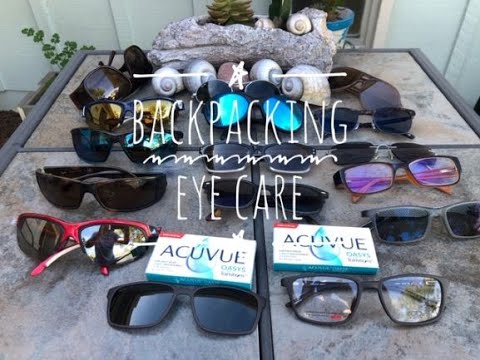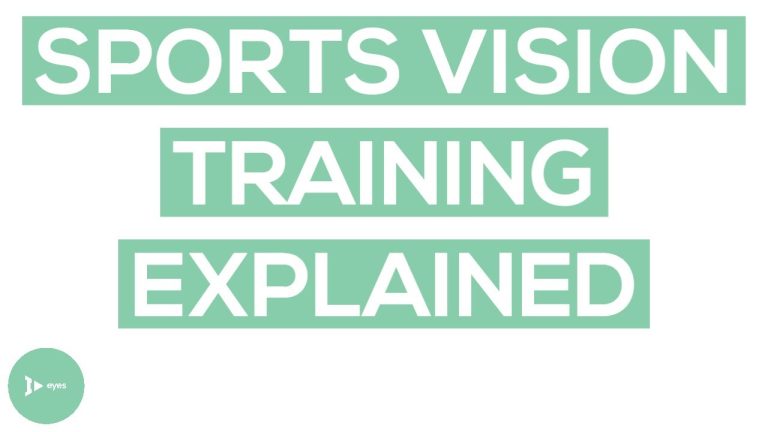The Ultimate Guide to Tracking Moving Objects: Expert Tips from Optical and Vision Care Professionals
Have you ever wondered how your eye is able to track a moving object with such precision and accuracy? The human eye is made up of complex mechanisms that work together to track the movement of objects in our environment.
Tracking moving objects is an essential function of our eyes that allows us to navigate the world around us. Whether we are playing sports, driving a car, or simply walking down the street, our eyes are constantly processing information and adjusting our visual focus to keep up with the movement of objects.
How does the eye track moving objects?
There are several mechanisms involved in eye movement and tracking. One of the most important is the ability of the eye to anticipate movement. In other words, the eye doesn’t wait for an object to move before it starts tracking it. Instead, it uses contextual clues to predict where the object will move next, and adjusts its position accordingly.
Another important mechanism is the smooth pursuit system. This system allows the eye to track an object in motion by smoothly following its trajectory. The smooth pursuit system is responsible for keeping the object in focus and adjusting the eye’s position based on the speed and direction of the movement.
The role of visual acuity in tracking moving objects
Visual acuity is an important factor in tracking moving objects. Visual acuity refers to the sharpness of our vision, or how well we are able to see and distinguish fine details. When it comes to tracking moving objects, visual acuity allows us to see the movement of objects more clearly and accurately, which makes it easier for the eye to track their movement.
There are a number of factors that can impact visual acuity, including age, genetics, and certain medical conditions. For those with impaired visual acuity, optical aids such as glasses or contact lenses may be necessary to improve visual acuity and facilitate better tracking of moving objects.
Conclusion
Tracking moving objects is an essential function of our eyes, and one that we often take for granted. The ability to track moving objects allows us to navigate the world around us with ease and precision. By understanding the mechanisms involved in eye movement and tracking, as well as the role of visual acuity, we can gain a greater appreciation for the incredible complexity and precision of the human eye.
- Eye tracking mechanisms include anticipating movement and the smooth pursuit system
- Visual acuity plays an important role in tracking moving objects
- Optical aids such as glasses or contact lenses may be necessary for those with impaired visual acuity
Contents
Most wanted in Hoya Vision:
What are prism eyeglass lenses?
Hoya Lens Engravings
What brand lenses does Costco use?
What does +0.25 mean on an eye test?
Do tinted glasses help with migraines?
Should eyeglasses cover eyebrows?
Hoya Identification Chart
What LED light is best for broken capillaries?
Does hyperopia worsen with age?
What is the difference between Ray Ban RB and Rx?















